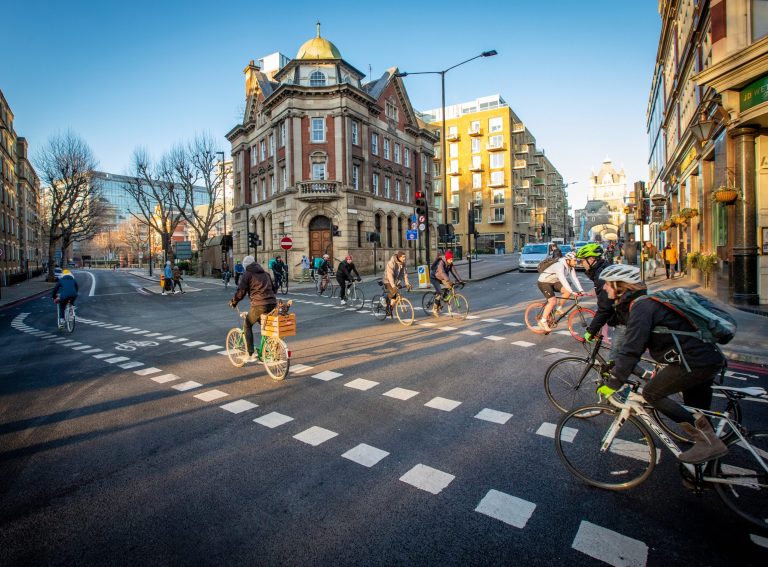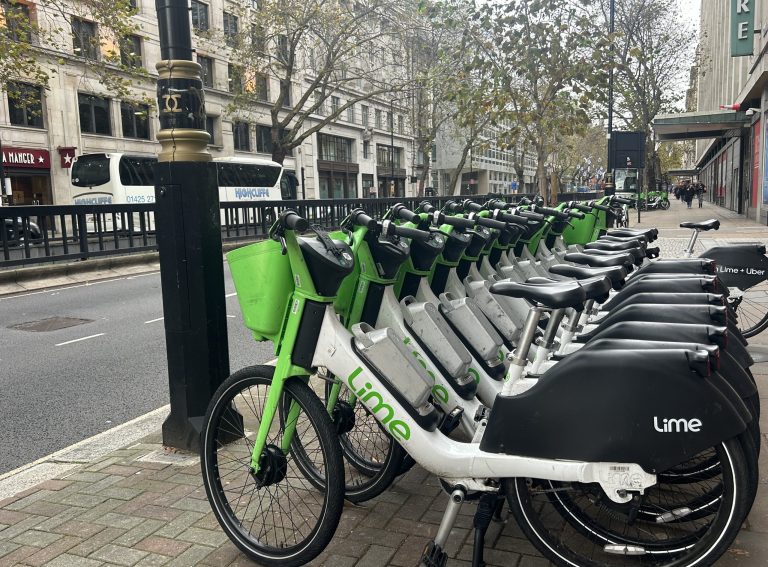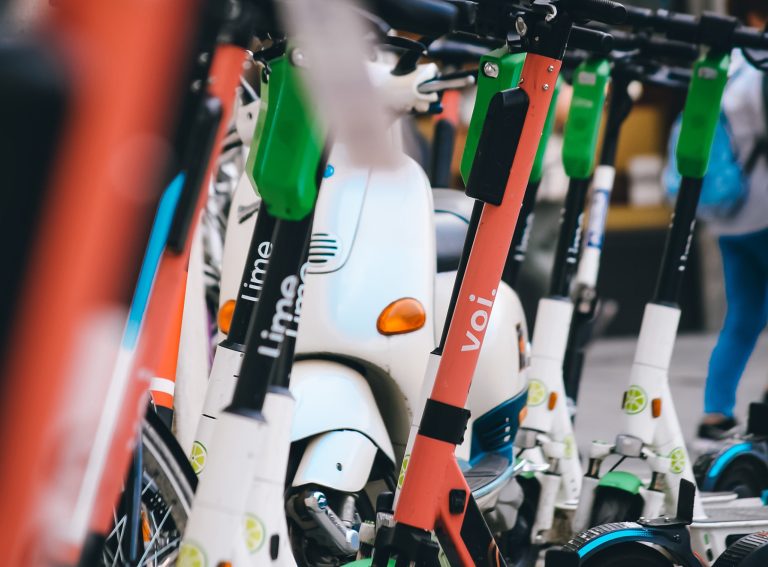Paris is today banning vehicles from transiting through the city centre in order to reduce motorised traffic in the area.
This comes after a decree was published by the City Hall last week which stated that the French capital would impose a limited traffic zone (LTZ) in arrondissements one to four, covering landmarks like the Louvre Museum and Tuileries Gardens.
Paris City Hall estimates that 350,000 to 500,000 enter the LTZ every day, half of which is said to be through traffic. The LTZ means that only journeys originating from the area or those that have a destination within the area will be authorised.
“The limited traffic zone in Paris is a courageous but necessary step which will lead to reduced pollution, less congestion in the affected areas and in general a healthier and more liveable city centre,” European Cyclists’ Federation President Henk Swarttouw told Zag Daily.
“LTZs are not about reducing access for people who need to be there, but about banning through traffic which has no destination within the zone. Historic city centres, whether Paris, Rome, Madrid or Amsterdam were never built for the present level of motorised through traffic.”
Authorised motor vehicle access to the LTZ includes emergency vehicles, buses, taxis, people who work or live in the area, and people with reduced mobility. It also includes journeys whose end destination is in the area, such as appointments or recreational reasons like shopping.
The City Hall states that “only 30 percent of transit drivers absolutely need a car to make their journey (carrying loads, complex routes, lack of public transport solutions.
“For the remaining 70 percent, the car is first and foremost a convenience.”
Going forward, Henk believes that LTZs on their own are not enough to reduce congestion.
“They need to be accompanied by excellent public transport (available in Paris) and plentiful safe cycling infrastructure (a work in progress),” he said. “Also, the present LTZ only covers a limited area and will need to be extended step-by-step to realise its full potential. Paris may want to look at circulation plans as implemented by Ghent, Groningen or Utrecht.”
An ‘educational’ phase will take place for up to six months, to enable drivers to familiarise themselves with the new rules. Afterwards, crossing a reserved lane can be punishable by a €135 fine, in line with the Highway Code.
Henk said that adequate communication is necessary to inform people of the logic behind the plan and the initiative will need to mitigate potential adverse effects in adjacent areas.
“Similar initiatives in other cities have needed time to realise their full potential. It takes time for people to change their ingrained travel patterns.”
The LTZ comes as part of Paris City Hall’s efforts to reduce motor traffic from the city and encourage more active travel. The city has reduced car traffic by 40% in the last decade, and earlier this year it voted in favour of tripling parking charges for SUVs.






